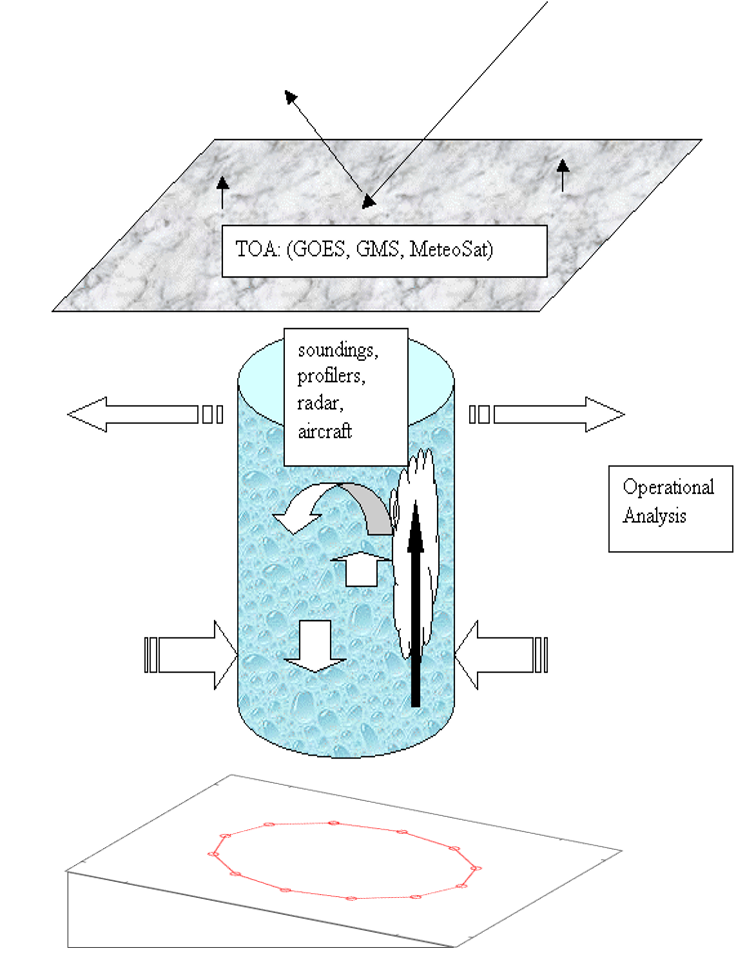Treating the effect of sloping terrain in the constrained variational analysis
Submitter
Tang, Shuaiqi — Nanjing University
Xie, Shaocheng — Lawrence Livermore National Laboratory
Area of research
General Circulation and Single Column Models/Parameterizations
Journal Reference
Science
Surface topography strongly impacts the regional atmospheric circulation via dynamically forced upslope or downslope airflow and thermally heated elevated surfaces. However, its consideration in objective atmospheric analysis has not been investigated. This study enhances an atmospheric constrained variational analysis by using a terrain-following sigma vertical coordinate and investigates the impact on the derived large-scale forcing fields and simulated shallow-cumulus clouds.
Impact
Compared to the original constrained variational analysis method in pressure coordinate, the new method in sigma coordinate calculates the column-integrated budgets more accurately because of consideration of the slope of the underlying surface. The new sigma-coordinate algorithm is more suitable to derive large-scale objective analysis over regions with steep terrain for application to force single-column models, cloud resolving models, and large-eddy simulation models.
Summary
The current constrained variational analysis method, which is used to derive ARM large-scale forcing data, assumes a flat surface in the lower boundary. To take into account the effect of the underlying terrain, we replaced the current pressure-coordinate system with a terrain-following sigma coordinate system. We showed that the impact of terrain slope can be well captured by the proposed sigma-coordinate constrained variational analysis. Sensitivity study and large-eddy simulations showed that the response of the derived forcing to the slope of the terrain is monotonic, but the response of the simulated shallow-cumulus clouds is more complex. Overall, the terrain impact is small over ARM's Southern Great Plains observatory due to the small slope angle. However, the flat-surface assumption may cause larger biases in the large-scale forcing fields at locations with steeper terrain.


